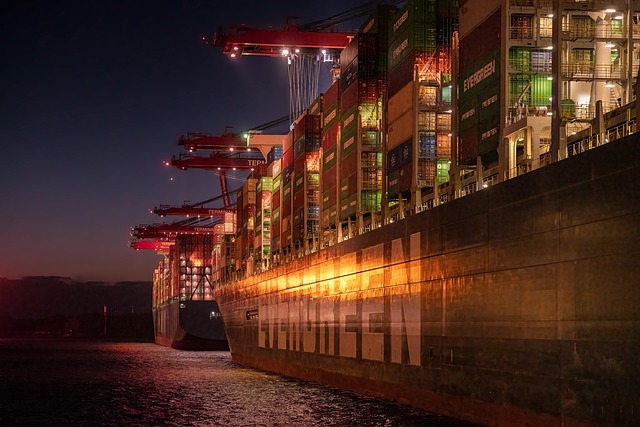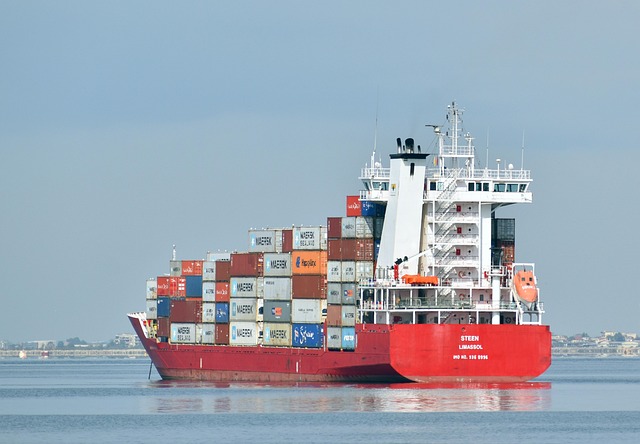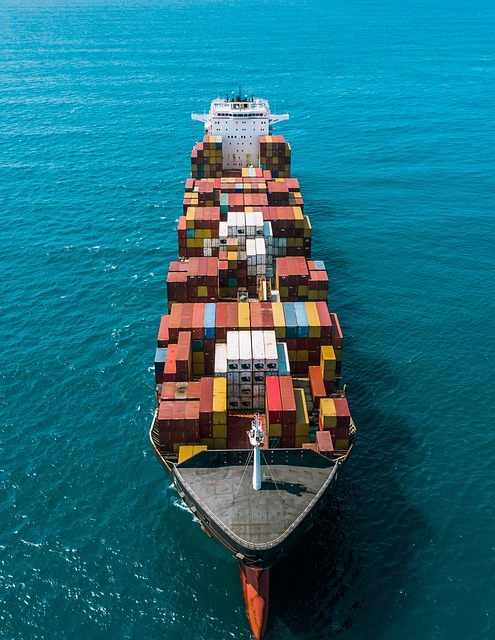Stackable shipping containers revolutionize warehouse design by maximizing vertical space, offering flexible layouts, and accommodating diverse goods. Their modularity, durability, and transportability enable efficient storage solutions for businesses worldwide, especially in urban areas with limited floor space. With various dimensions and rental options, these containers adapt to fluctuating demands while enhancing organization and cost-effectiveness. Future trends focus on automation, container diversification, and sustainable materials, further optimizing shipping container warehousing.
Stackable shipping containers are transforming warehouse management, offering an innovative solution to maximize space utilization. As e-commerce booms, efficient storage has become a top priority. This article explores the rise of stackable containers and how they optimize valuable warehouse real estate. We delve into proven strategies, outline key benefits, provide implementation tips, and glimpse into future trends shaping the industry. Discover how these versatile vessels are revolutionizing supply chain logistics.
- The Rise of Stackable Shipping Containers
- Warehouse Space Optimization Strategies
- Benefits of Using Stacked Containers
- Implementation Tips for Efficient Storage
- Future Trends in Container Warehousing
The Rise of Stackable Shipping Containers

In recent years, stackable shipping containers have emerged as a game-changer in the logistics and warehousing industry. With the increasing demand for efficient space utilization, especially in urban areas, these innovative containers offer a practical solution to optimize limited warehouse real estate. The concept is simple yet powerful: by designing shipping containers that can be stacked vertically, one on top of another, vast amounts of storage capacity are created within a relatively small footprint.
This method of vertical stacking, often facilitated by specialized equipment, allows for significant space savings compared to traditional storage methods. Moreover, these stackable containers are not just aesthetically appealing; they provide robust and secure storage for various goods, including fragile items, raw materials, or finished products. With their versatility, durability, and the ability to be easily transported via container shipping, intermodal transport, or even leased and rented through container rental services, stackable shipping containers are revolutionizing warehouse design and operations worldwide.
Warehouse Space Optimization Strategies

Optimizing warehouse space is a key challenge for businesses aiming to maximize efficiency and minimize costs. One innovative strategy gaining traction is the implementation of stackable shipping containers, like intermodal or ISO containers. These versatile freight containers offer a modular solution, allowing warehouses to adapt their layout and storage capacity as needs change. By strategically stacking them on top of each other, utilizing vertical space becomes a feasible option.
This method not only saves floor space but also enhances overall organization. Containers can be easily relocated and reconfigured, accommodating various product types and inventory management strategies. Moreover, shipping containers like cargo or sea containers come in diverse dimensions and capacities (e.g., standard ISO sizes), enabling warehouses to find the perfect fit for their specific requirements. Container leasing and rental services further add flexibility, allowing businesses to scale up or down as demand fluctuates.
Benefits of Using Stacked Containers

Using stackable shipping containers offers numerous advantages for warehouse managers and logistics professionals aiming to maximize space efficiency. By verticalizing storage, these modular solutions allow for a significant increase in unit capacity within confined areas. This is particularly beneficial in urban settings where real estate is premium and every square meter counts.
Stacked containers provide a flexible and cost-effective way to accommodate fluctuating inventory levels without sacrificing floor space. Their standard dimensions, such as those set by ISO (International Organization for Standardization), ensure compatibility with existing handling equipment, streamlining container transport and storage operations at sea container depots or container terminals. Whether used for short-term surge capacity or long-term strategic planning, these versatile freight containers can be readily leased or rented, offering businesses a dynamic and responsive solution to meet their ever-changing shipping needs.
Implementation Tips for Efficient Storage

Implementing stackable shipping containers for efficient storage requires careful planning and consideration of various factors. First, assess your warehouse layout and identify areas where vertical space can be utilized. Shipping containers, with their standardized dimensions and capacities, offer a flexible solution that can be tailored to fit specific needs. Ensure the floor is reinforced to support the weight, as these containers are designed to stack high, optimizing both length and height.
When arranging containers, consider the type of cargo you’ll store. Refrigerated containers, for example, require specific temperature control measures, while open top or flat rack containers are ideal for larger, odd-shaped items. Utilizing container leasing or rental services can provide a cost-effective way to expand your storage capacity, especially during peak seasons or for temporary needs. Always consider the accessibility of the stored goods; ensure corridors and passageways remain clear for efficient container transport within your warehouse.
Future Trends in Container Warehousing

As technology advances and global trade continues to grow, future trends in container warehousing are expected to focus on greater efficiency and versatility. One significant development is the integration of automation and robotics within container depots, streamlining processes like loading, unloading, and sorting. This not only enhances speed and accuracy but also reduces labor costs and minimises damage to goods.
Another trend involves the diversification of container types to cater to specific cargo needs. From refrigerated containers for perishable items to flat rack containers for oversized freight, and even modular offices inside warehouses, these specialised shipping containers offer tailored solutions for diverse industries. Additionally, there’s a growing emphasis on sustainable practices, with eco-friendly materials and energy-efficient designs playing a crucial role in the future of container warehousing.
Stackable shipping containers are transforming warehouse management by significantly optimizing space utilization. By adopting these innovative solutions, businesses can maximize storage capacity, reduce costs, and streamline operations. As technology evolves, the future of container warehousing looks even brighter, promising further efficiency gains and sustainability benefits. For warehouses looking to stay ahead, integrating stackable shipping containers is a strategic move that pays dividends in today’s competitive market.
